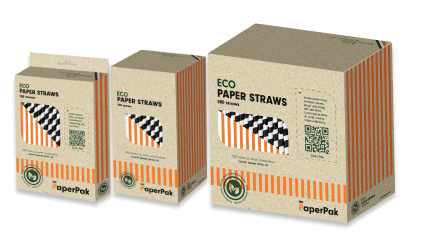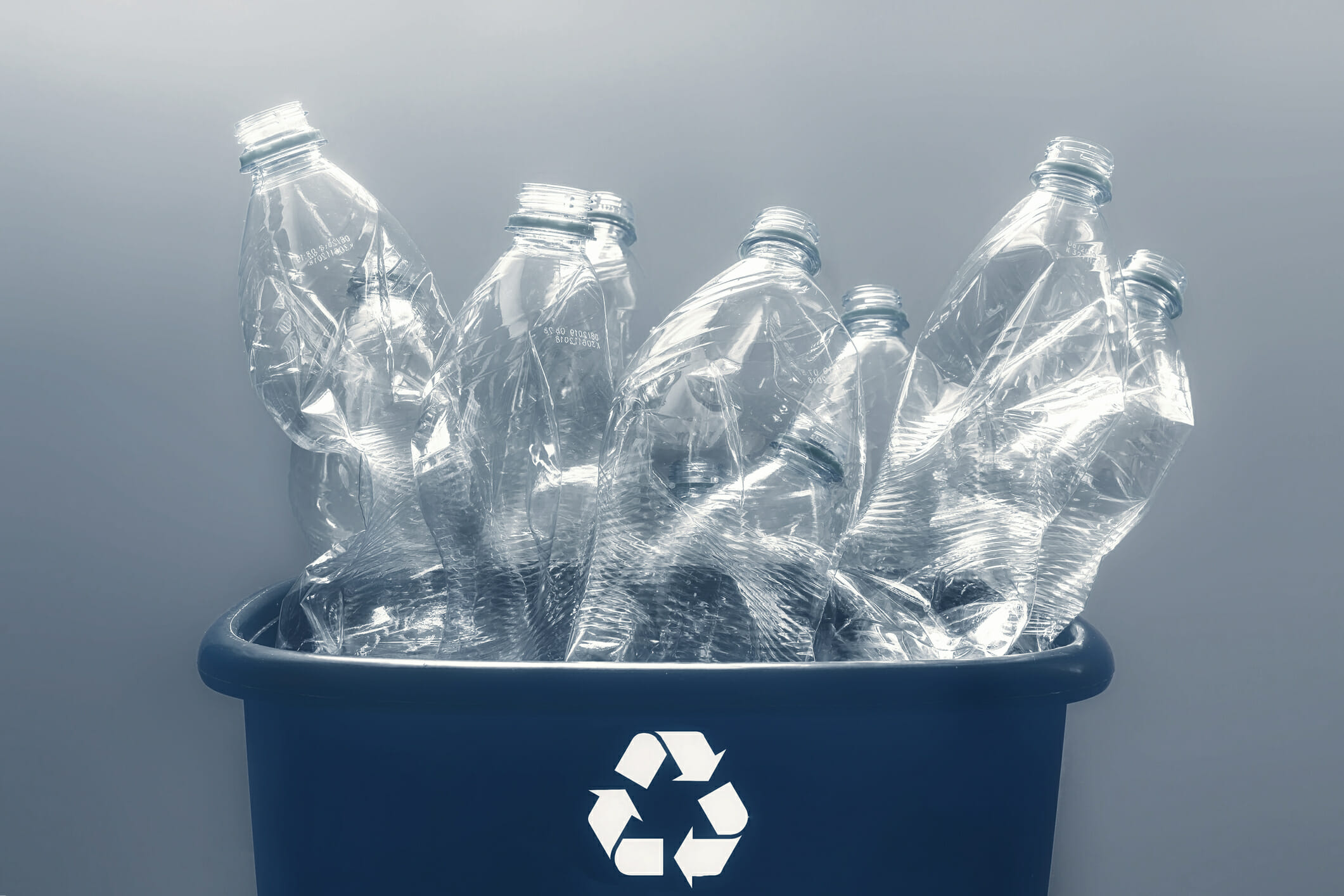
2022: Ireland’s Hottest Year on Record
Ireland, in 2022, suffered its hottest year on record. Both Northern Ireland and the Republic of Ireland faced extreme temperatures, as confirmed by separate reports from Stormont and MET ÉIREANN, the Irish National Meteorological Service.
Historical Warming Trends and Environmental Indicators
Stormont’s comprehensive report, prepared by the Department of Agriculture, Environment and Rural Affairs (Daera), spotlighted an array of environmental indicators. These comprised public attitudes towards environmental issues, climate changes, air quality, and biodiversity. According to the report, the mean temperature across Northern Ireland in 2022 was a strikingly high 9.83°C.
The Northern Ireland Environmental Statistics Report 2023 sheds further light on historical temperature trends, revealing that “the mean annual temperature has been steadily increasing since the end of the 19th century”. In line with this, “the number of days per year where the temperature exceeded 20°C has also been increasing in the same timescale”. A stark contrast is visible when comparing this to the chilliest year on record, 1879, when the mean annual temperature was just 7.35°C.
However, there are not only concerns at the national level; these warming trends also reflect a disturbing global reality. Recent scientific projections suggest a 66% likelihood that by 2027, global warming will breach the pivotal threshold of 1.5°C. Exceeding this point signifies a world that is 1.5°C warmer than it was in the second half of the 19th century, the era just before industrialisation’s greenhouse gas emissions began intensifying.
Northern Ireland’s Environmental Challenges and Progress
Within this changing climate landscape, Northern Ireland faces specific environmental challenges. For instance, Daera’s environmental statistics report reveals that illegal waste dumping and littering top the list of environmental concerns for the public. Climate change, pollution, and waste management are regarded by the public as severe threats to regional biodiversity.
Despite these issues, the report also highlights some positives. Roadside levels of nitrogen dioxide are decreasing, and the use of plastic bags continues to diminish. Although livestock emissions have increased by 9.1% since 2001, a counterbalance exists in the form of a 21% decrease in ammonia emissions from nitrogen fertilisers during the same period.
However, plastic pollution continues to present an urgent challenge in our fight against climate change. It is not only a major source of visible environmental pollution, but its production, use and disposal contribute significantly to global greenhouse gas emissions. Plastics are largely derived from fossil fuels, and their manufacture involves energy-intensive processes that release large quantities of carbon dioxide.
Additionally, when improperly disposed of in landfill or the natural environment, plastic waste can degrade and release methane, a potent greenhouse gas. It is estimated that the lifecycle emissions from plastic could account for as much as 17% of the global carbon budget by 2050 if current trends continue. Reducing plastic pollution and consumption is therefore not just about preserving the aesthetic beauty of our natural environments, it’s also a crucial component of our efforts to limit global temperature increases.
Ending our reliance on plastic, especially single-use plastics, is going to be pivotal in limiting global temperature increases, and it is why JBX PaperPak, and companies like us, exist. By rethinking our use of plastic, increasing recycling rates, and innovating in the creation of sustainable alternatives, we can lower our carbon emissions and make a significant contribution towards mitigating the impacts of climate change.
Record-Breaking Heat in the Republic of Ireland
Simultaneously, MET ÉIREANN’s annual climate statement confirmed 2022 as the warmest year on record for the Republic of Ireland, beating previous records set in 2007 and 1945. A particularly significant climatic event occurred on 18 July at Phoenix Park, where temperatures soared to a record-breaking 33.0°C – this is the second highest temperature ever recorded in Ireland.
Ireland’s average shaded air temperature for 2022 stood provisionally at 10.83°C, which is 1.28°C above the Long-Term Average (LTA) for the period of 1961-1990. Consequently, 2022 becomes the warmest year on Irish record, being 0.06°C warmer than the previous record set in 2007.
The Need for Climate Resilience and Sustainability
Extreme heat also prompted Met Éireann to issue Status Yellow and Orange heat warnings in July, alongside a Status Yellow warning in August. Highlighting the significance of these unprecedented weather conditions, Keith Lambkin, the Head of Met Éireann’s Climate Services Division, stated:
“Climate change has changed the odds of getting more frequent, more extreme heat-related events. Thanks to over a century of dedicated weather observations here in Ireland, we know that 2022 brought us record-breaking extremes as well as what is likely to be the warmest year on Irish record. It is essential that we must continue to adapt to ensure our national infrastructures and planning are best suited to both current and future warming.”
Furthermore, the year witnessed weather stations reporting their warmest May on record, and an alarming number of heatwave conditions, lasting between 5 and 6 days, were reported at seven stations from 9 to 14 August. This escalation in temperature and the onset of frequent heatwaves is a potent reminder of the changing climate and the need to improve our resilience.
Shift Towards Environmental Responsibility Amid Challenges
Environmental considerations were not limited to temperature rise alone; other environmental indicators also came under the spotlight in Northern Ireland. The region expressed notable concern about resource use and waste management. Efforts towards a sustainable environment are evident with the increasing inclination of the public towards reusing and recycling materials. Additionally, the decreasing use of plastic bags reflects the growing awareness and commitment of the population towards environmental preservation.
However, amid the steps towards environmental responsibility, certain challenges remain. Livestock emissions in Northern Ireland, for instance, have seen a 9.1% increase since 2001. This figure is striking, especially when compared to the rest of the UK, where there has been a decrease of 14.8% in livestock emissions over the same period.
Despite the concerning increase in livestock emissions, the report offers a ray of hope in the form of a significant 21% reduction in ammonia emissions from nitrogen fertilisers since 2001. This decrease can be attributed to the significant reduction in the use of fertilisers, particularly on grasslands.
In the face of these environmental shifts, the critical need for action is abundantly evident. As Ireland, both North and South, grapples with the realities of a warming climate, collective efforts to address these concerns and adapt to this new norm are paramount. The record-breaking year that was 2022 stands as a reminder of our changing world, the urgent need for sustainable action, and the importance of environmental resilience in the face of an increasingly uncertain future.
JBX PaperPak
At JBX PaperPak, we are deeply alarmed by the news that Ireland experienced its hottest year on record in 2022. Combatting climate change is at the very heart of what we do; plastic pollution is one of the worst offending contributors to climate change and environmental destruction. This is why we work tirelessly to combat the growing plastic pollution crisis by producing our eco-friendly, 100% recyclable, compostable, biodegradable, and plastic free paper straws.
We produce all our products here in Dublin, importing nothing, to minimise our carbon footprint and retain full control over the contents of our straws. As is also the case with many other single-use plastic products, there are tens of billions of plastic straws polluting our oceans, coastlines and landscapes, causing untold damage to wildlife, entire ecosystems, and human health. Governments around the world must start doing more to reduce carbon emissions and plastic pollution; the crisis we are in must be taken seriously, and meaningful action cannot be delayed any further.
Share this article
Related articles for you
The Dawn of Sustainability
JBX PaperPak New €250 St Patrick’s Day Competition!
JBX PaperPak Straws Are Now ISO Certified
JBX PaperPak End of Year Newsletter
New Legislation Banning Single-Use Plastics
€1,000 JBX PaperPak Christmas Giveaway!
Subscribe To Our Newsletter
To keep you up date to our new products and lates news
Free shipping on all orders over £200*
Subscribe To Our Newsletter
To keep you up date to our new products and lates news
Free shipping on all orders over £200*
Frequently Asked Questions
Our paper straws are made by stacking 3 plies of high-quality food grade kraft paper and putting them through a core-winding machine that applies an adhesive and rolls the straws into shape. They are then cut to size, coated in lacquer to ensure quality and are then ready to be sold.














Get social